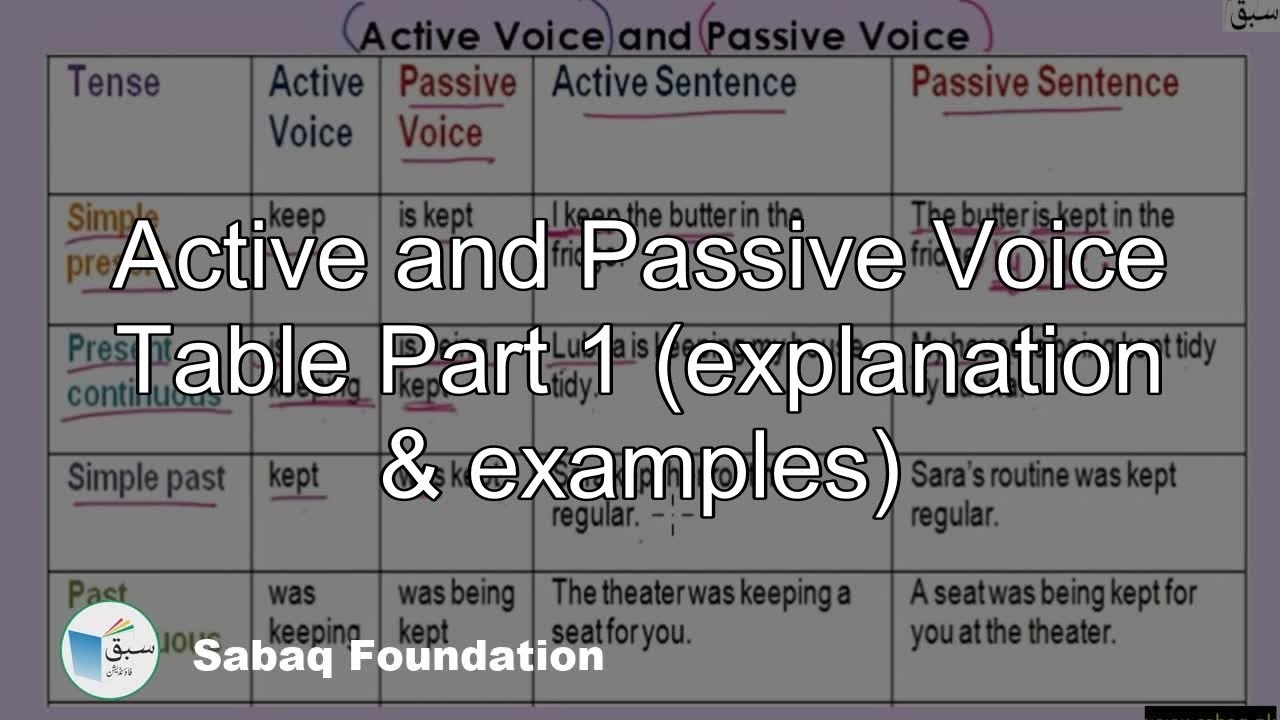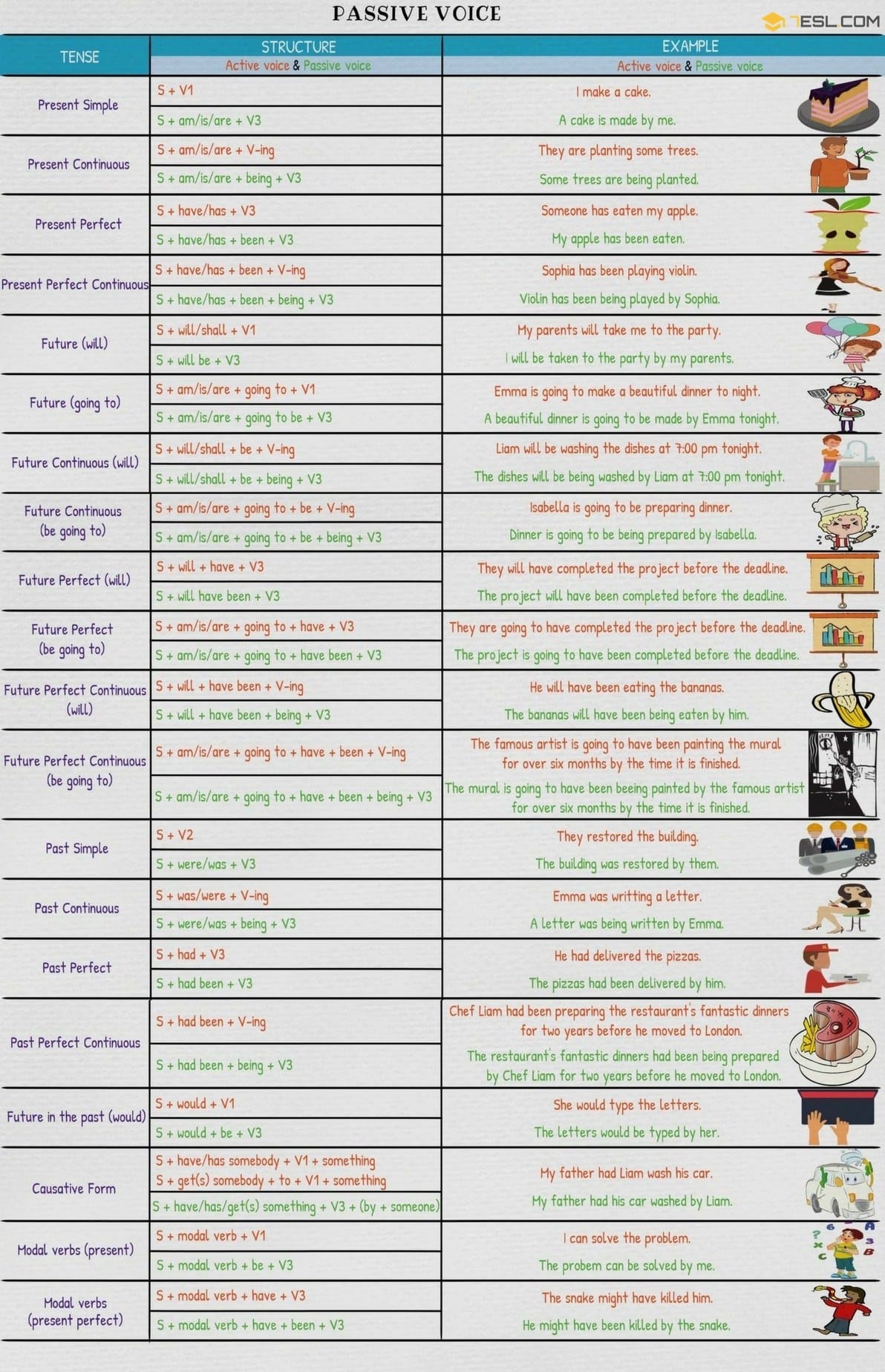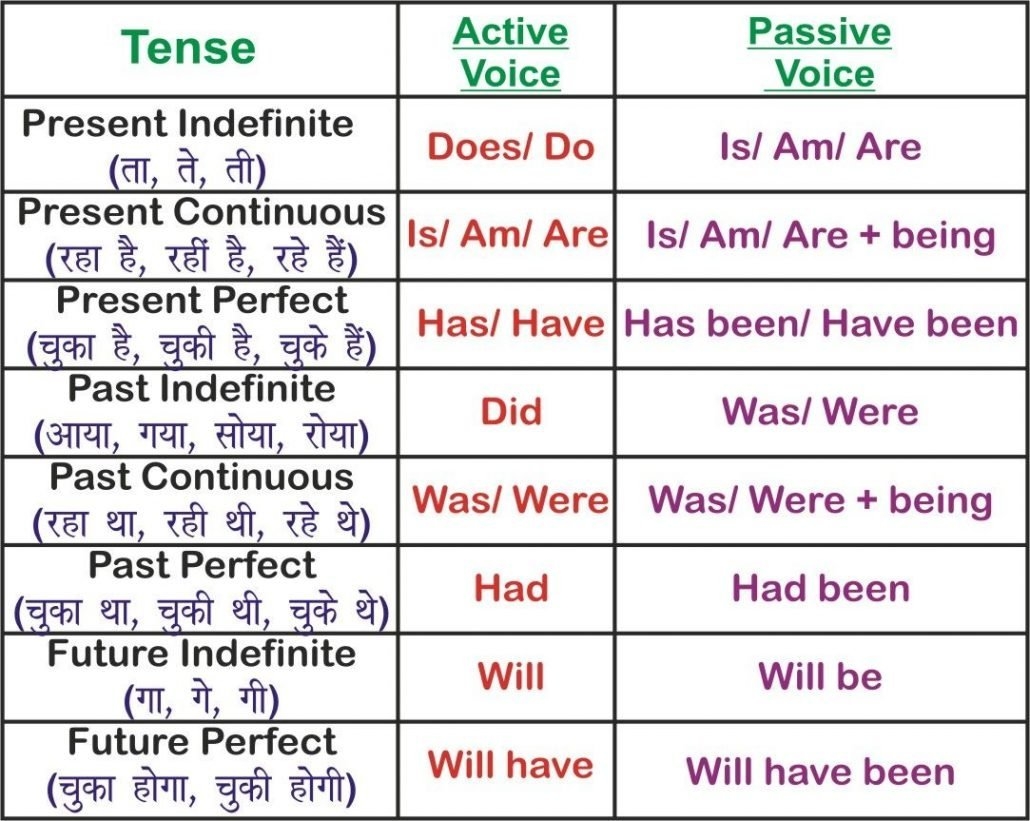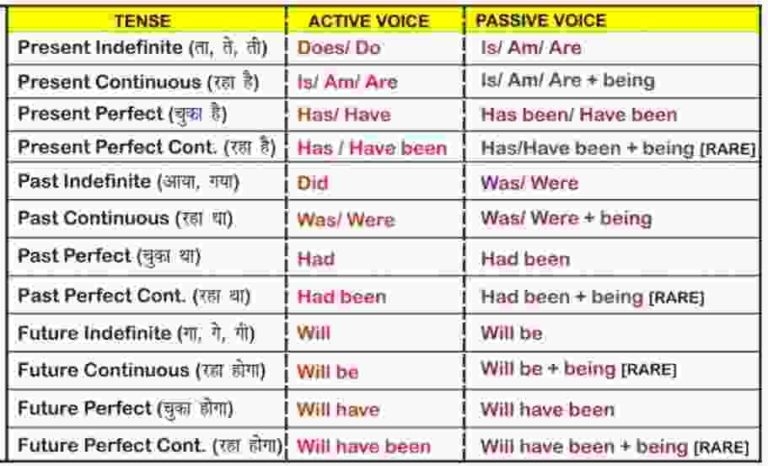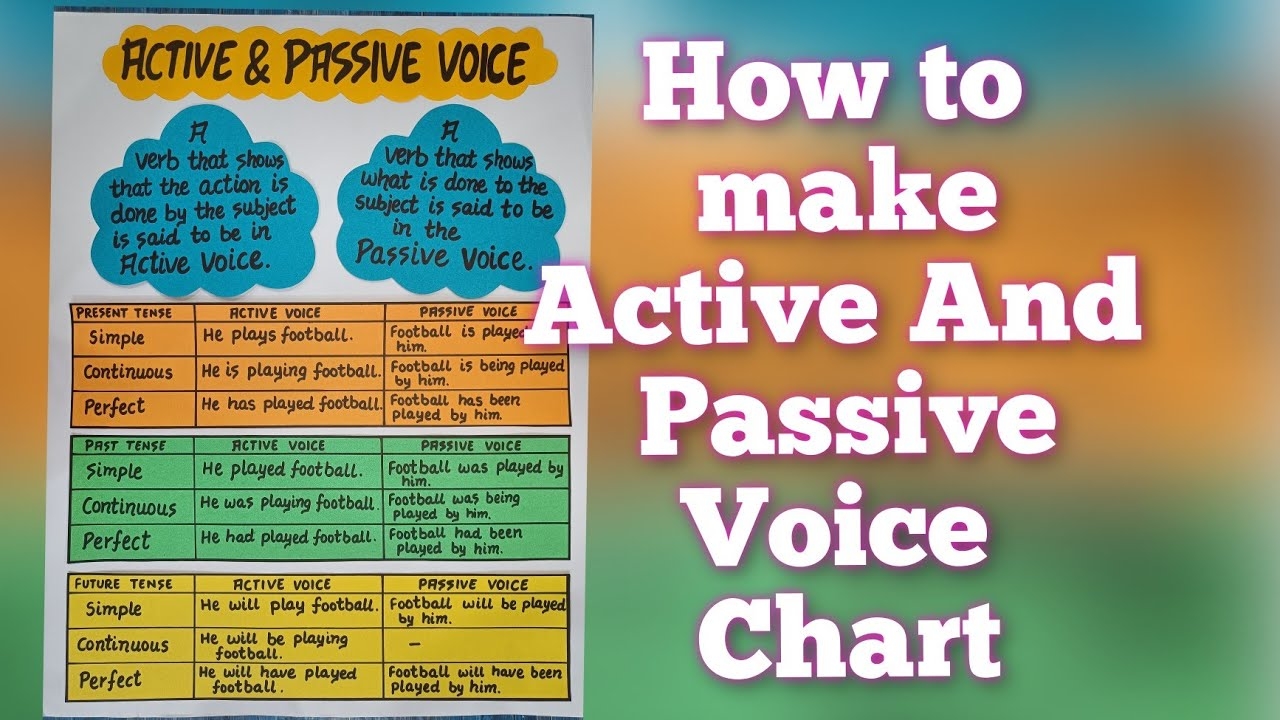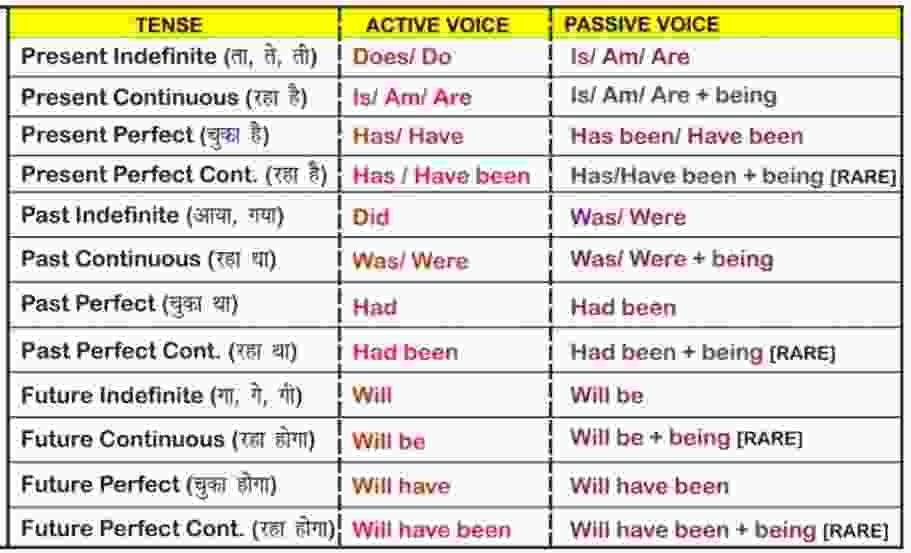Active and Passive Voice Rules Chart
Active and passive voice are two different ways in which a sentence can be structured. Understanding the rules for using active and passive voice can help improve the clarity and effectiveness of your writing. In active voice, the subject of the sentence performs the action, while in passive voice, the subject receives the action. Let’s explore the rules for using active and passive voice in writing.
When using active voice, the subject of the sentence is the doer of the action. The structure of an active voice sentence is typically subject-verb-object. For example, “The cat chased the mouse.” In this sentence, the subject “cat” is performing the action of chasing the object “mouse.” Active voice is often preferred in writing because it is more direct, concise, and engaging for the reader.
Active Voice Rules Chart:
| Subject | Verb | Object |
|---|---|---|
| The cat | chased | the mouse |
| She | plays | the piano |
| We | ate | dinner |
On the other hand, passive voice is used when the subject of the sentence is being acted upon. The structure of a passive voice sentence is typically object-verb-subject. For example, “The mouse was chased by the cat.” In this sentence, the object “mouse” is receiving the action of being chased by the subject “cat.” Passive voice is often used when the doer of the action is unknown, less important, or when the focus is on the receiver of the action.
It is important to be mindful of when to use active and passive voice in writing. While active voice is generally preferred for its clarity and directness, passive voice can be useful in certain situations. By following the rules for using active and passive voice, you can enhance the effectiveness of your writing and better communicate your ideas to your audience.
In conclusion, understanding the rules for using active and passive voice is essential for effective writing. By utilizing active voice for directness and clarity, and passive voice for specific situations, you can create well-structured and engaging sentences. Refer to the active and passive voice rules chart to help guide your writing and improve your communication skills.
